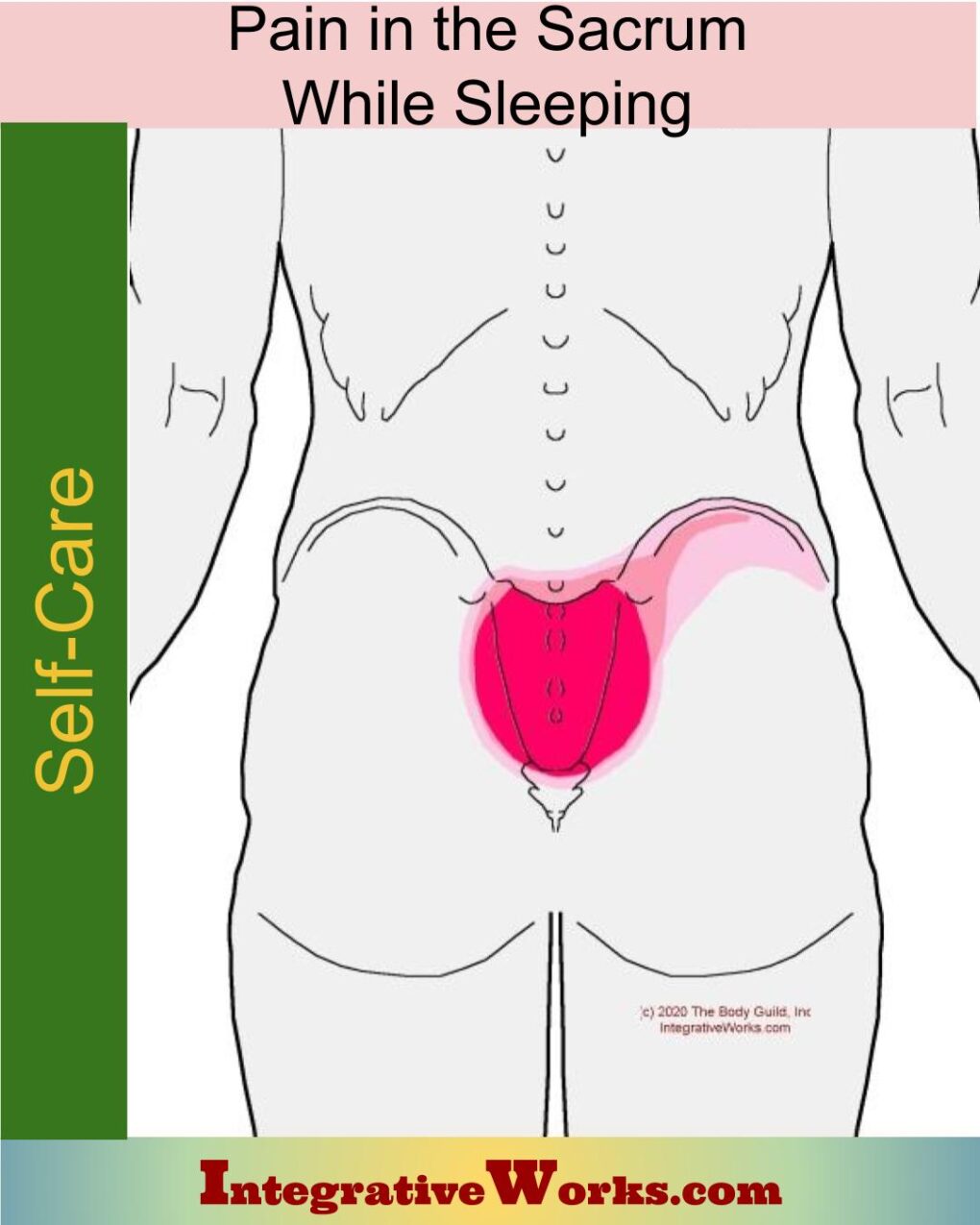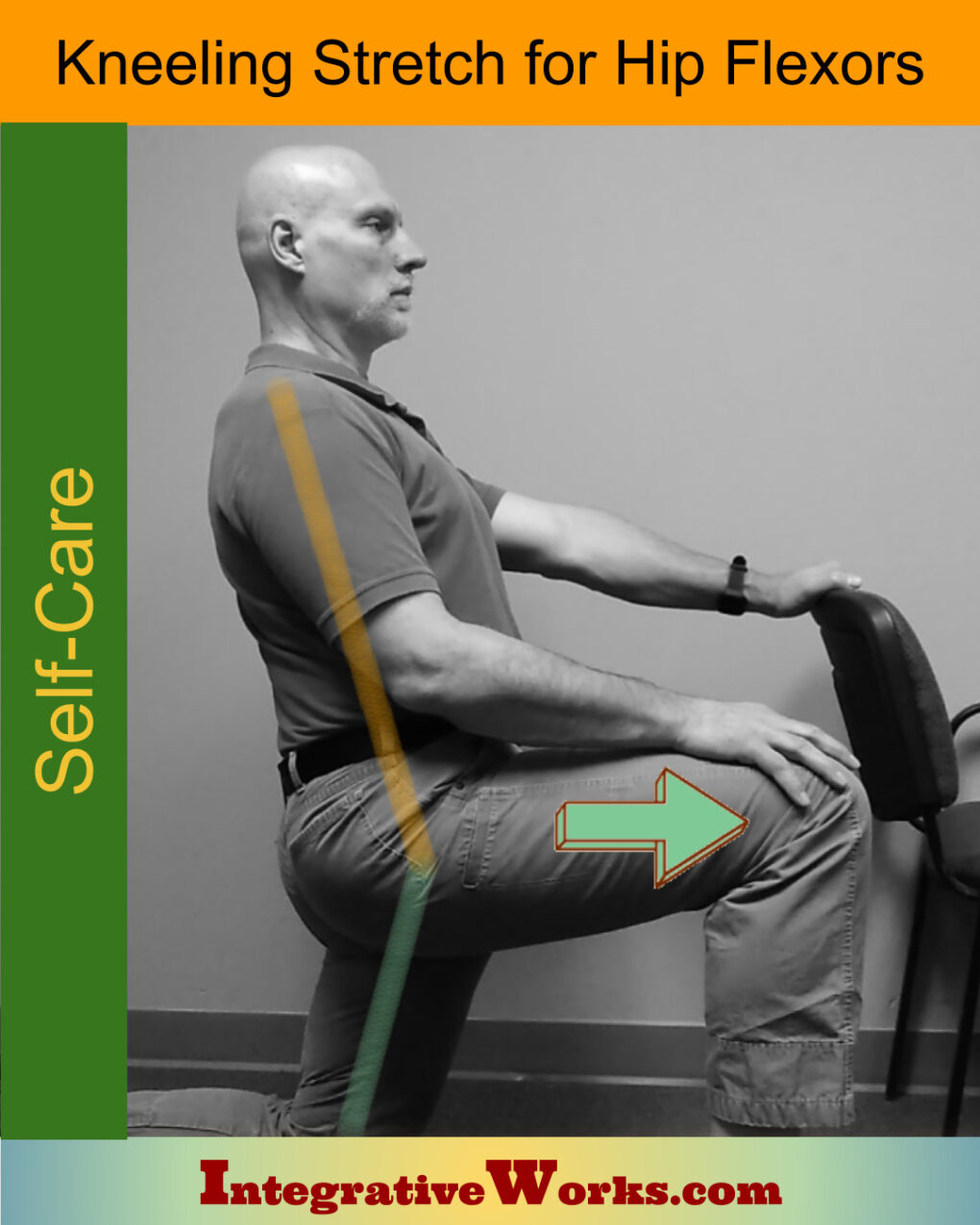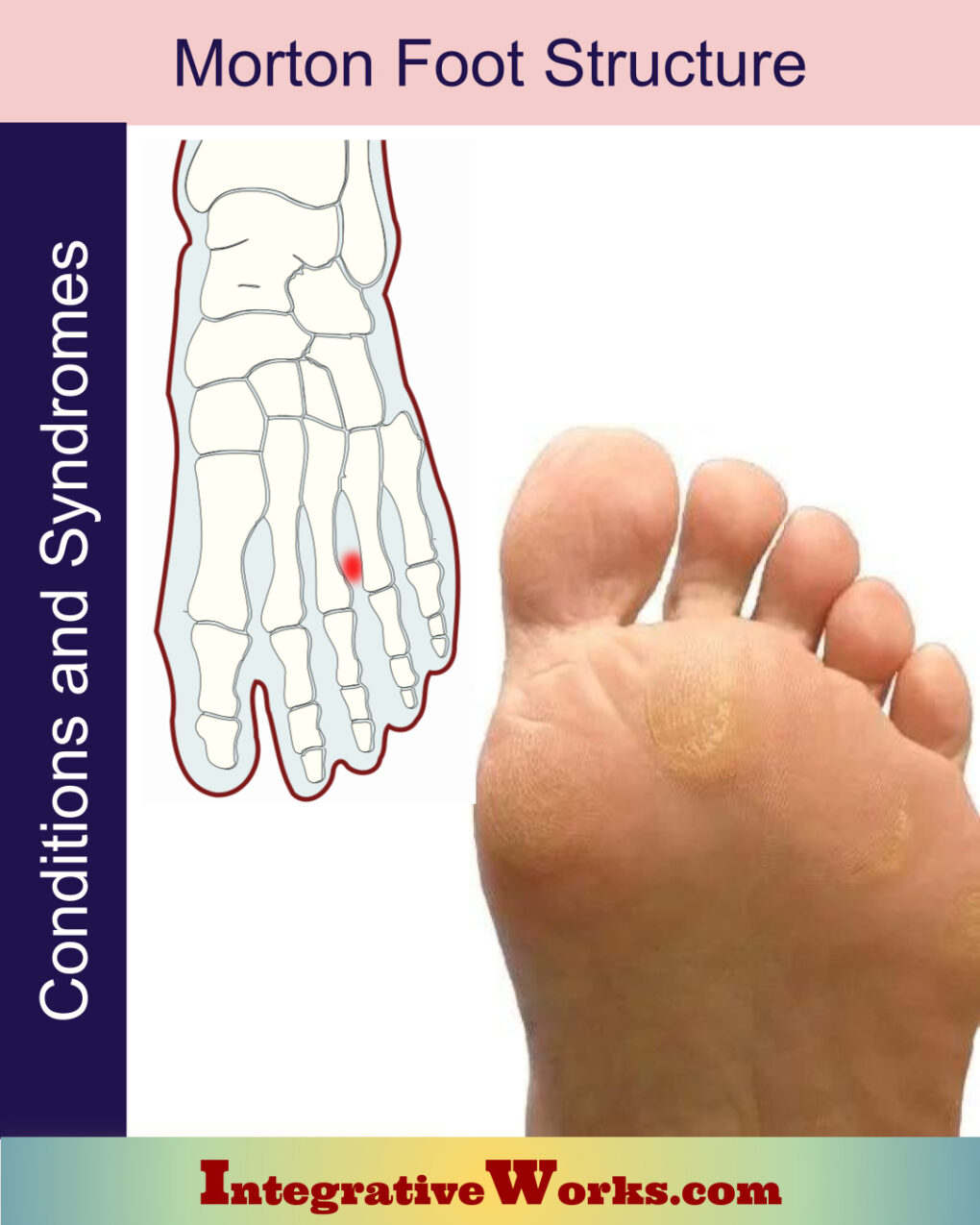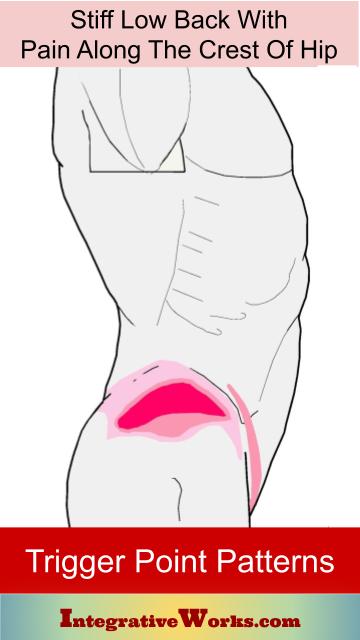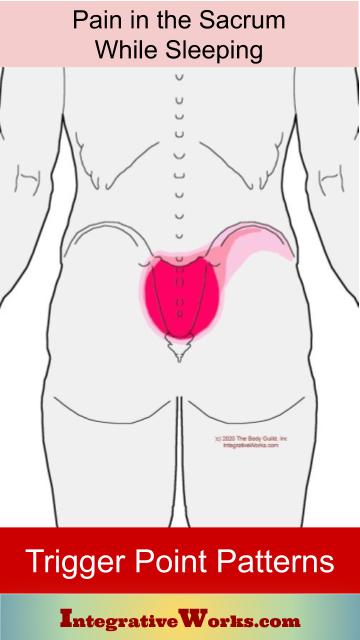Table of Contents
- Activities to Avoid or Change
- For Temporary Relief
- Stretches and Exercises for Longer-Lasting Relief
- Yoga Corner
Here, we explore how to get relief on your own from pain in the sacrum (center of your hips) when sleeping on your side. In some cases, sitting or standing for long periods produce pain. How people describe this pain and the activities that activate it are discussed more extensively in this other post.
Activities To Avoid or Change:
Walking and Running
If possible, discontinue running and walking on uneven ground for a short while until the muscle has been rehabilitated and the hip is stabilized. If you have to sit with your legs together for long periods, such as when driving or at a conference, use the vapo-coolant patch in the section below.
Obese clients benefit from weight loss and light exercise. Some clients have taken on too intense exercise or activity that shifts from one leg to another, aggravating the condition. Cycling and stair climber machines are particularly aggravating.
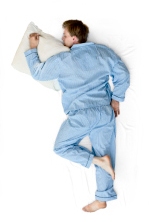
Sleep
Avoid sleeping on your side. This presses into the trigger point with moderate pressure, which activates the pattern so that its referral pattern is difficult to release without getting up and moving around for a while.
If you cannot sleep on your back, this three-quarter face-down position works when the front corner of the hip is on the mattress.
For Temporary Relief:
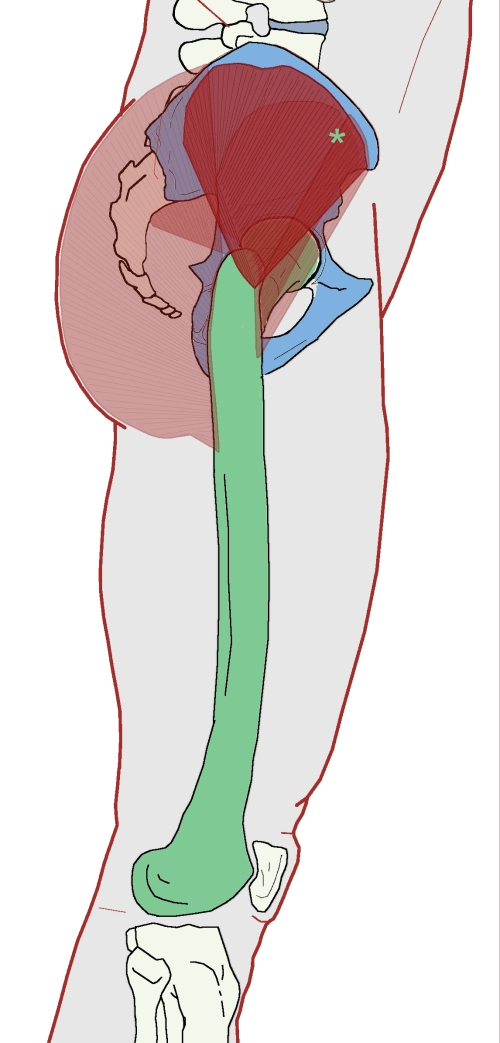
Pain Patches
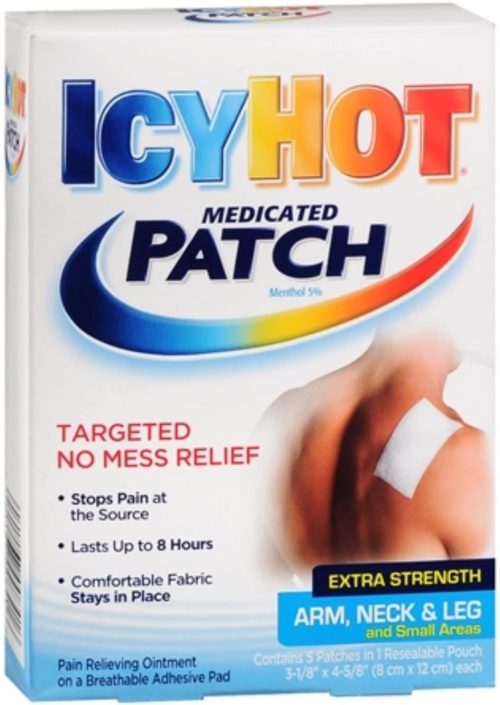
Mid-sized IcyHot patches work well in the short term. Put one of these IcyHot patches on the green asterisk. Place the patch so that it lays under the crest of your hip with the top, front corner of the patch just near the front corner of your hip.
This will offer relief if you have pain walking or sleeping on the other side, but it is not as reliable for relief when you are sleeping on the trigger point. It does, however, work sometimes, even when you sleep on the trigger point.
These self-care activities, like over-the-counter drugs, are not intended to replace appropriate medical attention. If you have concerns about these self-care activities, get help from a professional. Use these suggestions and strategies with discretion and at your own risk. See your doctor when your pain is severe, persistent, or not responding to these simple suggestions.
Stretches and Exercises for Longer-Lasting Relief:
Start with a Gentle Stretch
This trigger point lives closer to the front of the pelvis than most people realize. Typically, gluteal stretches focus on taking the knee forward and to the opposite side. This section of muscle is stretched by taking the knee back and toward the opposite side.
This stretch for hip flexors works well. Shift your body so it is a little more over the knee on the floor. If you feel the pain in the sacrum, you deserve a prize for hitting the exact spot.
More Aggressive Release
The tennis ball treatment for glutes can be effective in releasing this trigger point. Focus on using the ball near the front corner of the crest of your hip, where it creates this referral pattern.
If you aggravate the muscle, stretch it under a hot shower. Plant your foot and push your hip toward the aggravated side and into the hot water to stretch it. Also, you can use ice-and-stretch to release the irritation quickly. Most people prefer the heat of the shower.
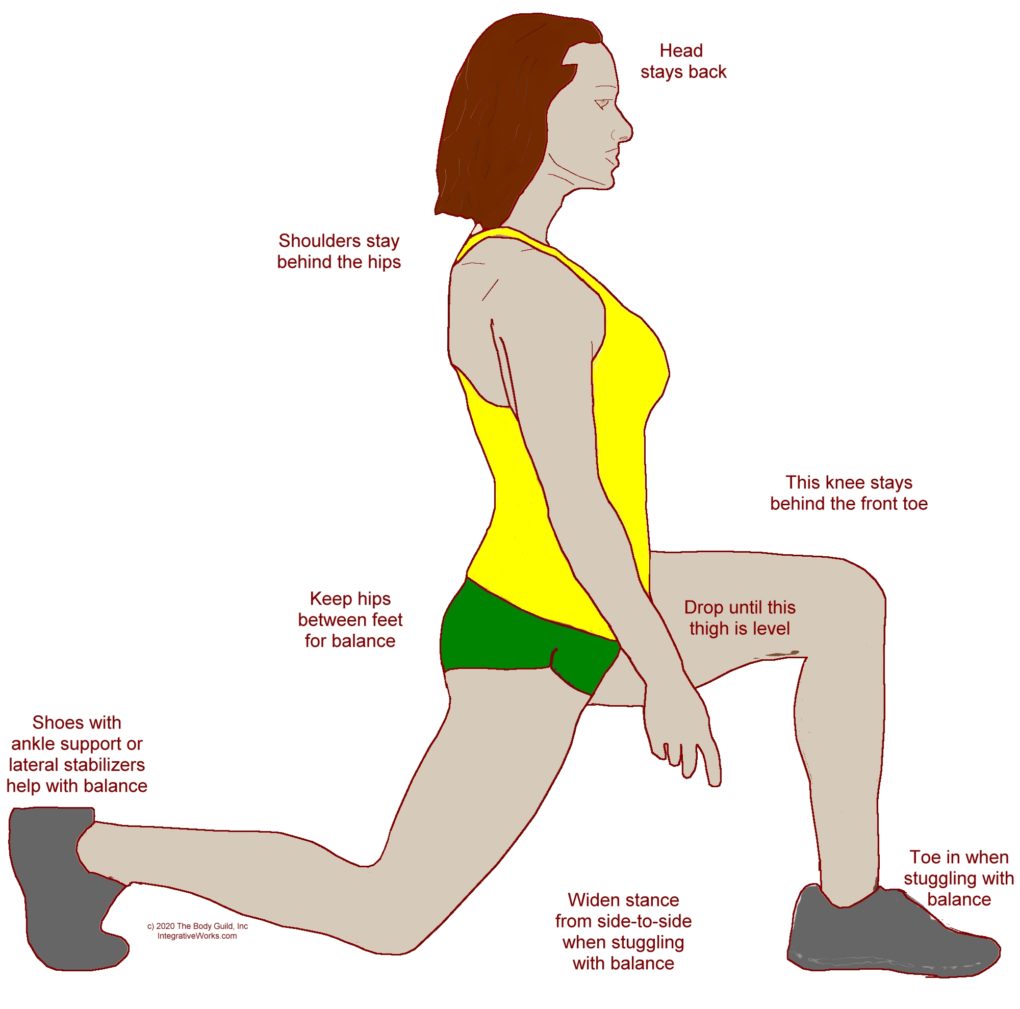
For vigorous strengthening and balance:
Lateral gluteal muscles often suffer from a strong imbalance with the adductors on the same leg. Walking lunges are a great exercise for opening and strengthening the entire pelvis. They also strengthen and balance the thigh muscles and erectors of the spine.
Three or more days a week, do five sets of 12 with about a minute in between. If you do them daily for the first two weeks, you’ll have less soreness.
Morton Foot Structure
Some feet have a bone structure that creates more instability than others. This foot rocking can perpetuate foot, leg, and hip pain. A more stable foot and gait can dramatically reduce pain in the lower extremity, especially the hip, and knee.
This condition can remain mild or lead to expensive treatments and even surgery. If you have this structure and some of its symptoms, take a look at this overview.
That post offers practical suggestions to reduce pain and increase stability on the foot. There are simple self-care suggestions, like inexpensive foot pads from Amazon. You can prevent advancing that foot problem, which can perpetuate the trigger points described here.
I’d love your feedback on how this works for you and any suggestions you might have.
Email me at integrativeworks@gmail.com.
Yoga Corner
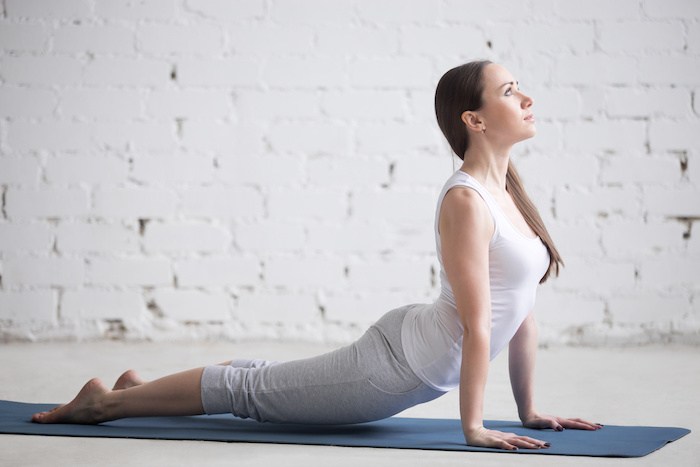
Easy start
Poses like cobra and Upward Dog are gentle openers of the hip flexors and anterolateral gluteal muscles. This approach is an easy start. Focus on extending the hip more than arching the low back.
For more active release;
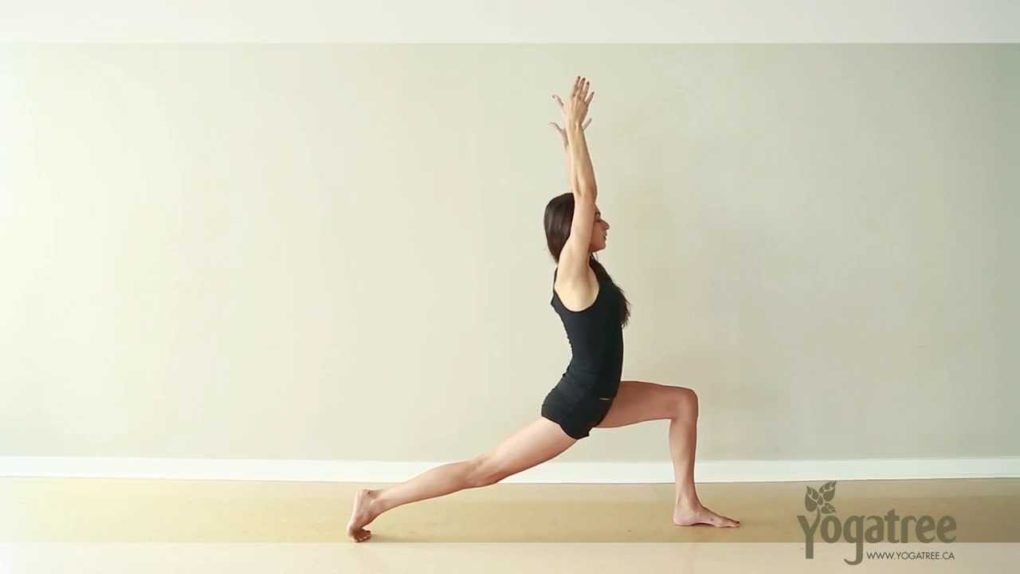
Divide and Conquer
Yoga lunges really open the anterolateral glutes and shift the sacroiliac joint as the pelvis opens. They also help to balance the adductors that are antagonists of the lateral gluteal muscles.
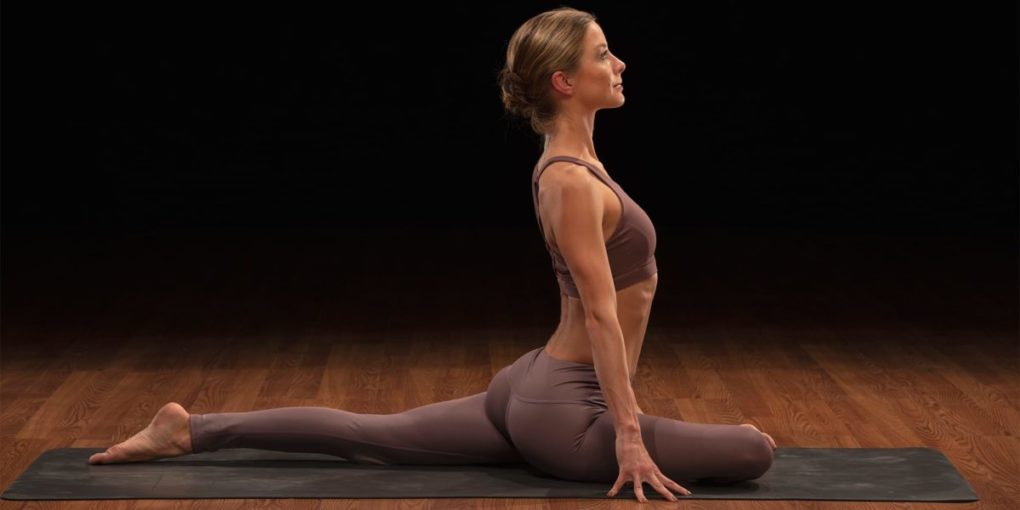
Targeting
Pigeon does a more intense job of opening those anterolateral gluteal muscles. It stabilizes the forward leg’s hip so the posterior leg’s hip flexors have a more focused stretch. This yoga practitioner gets her back leg’s hip close to the mat while keeping the low back from arching. This photo is a very effective execution of this pose for this trigger point.
This opens up the TFL and anterior bellies of gluteus minimus and gluteus medius.
In most cases, you should see a Neuromuscular therapist or other bodyworker specializing in pelvic balancing.
Very Similar Pain Pattern, Different Muscle
The trigger point in this post also produces pain along the crest of the hip. It also disturbs sleep and makes it painful to get up but needs different self-care.
Does another Self-Care post
better match your pain?
Here is the post about the trigger point pattern associated with these Self-Care activities.
Check these posts on hip pain to see if there is one that better fits you.
Support Integrative Works to
stay independent
and produce great content.
You can subscribe to our community on Patreon. You will get links to free content and access to exclusive content not seen on this site. In addition, we will be posting anatomy illustrations, treatment notes, and sections from our manuals not found on this site. Thank you so much for being so supportive.
Cranio Cradle Cup
This mug has classic, colorful illustrations of the craniosacral system and vault hold #3. It makes a great gift and conversation piece.
Tony Preston has a practice in Atlanta, Georgia, where he sees clients. He has written materials and instructed classes since the mid-90s. This includes anatomy, trigger points, cranial, and neuromuscular.
Question? Comment? Typo?
integrativeworks@gmail.com
Follow us on Instagram

*This site is undergoing significant changes. We are reformatting and expanding the posts to make them easier to read. The result will also be more accessible and include more patterns with better self-care. Meanwhile, there may be formatting, content presentation, and readability inconsistencies. Until we get older posts updated, please excuse our mess.

